Aug 25, 2019-2019
India
“Narmada Bachao Andolan” (Save the Narmada Protest)
Share
ACTIVISTS/ACT.GROUPS/DESCRIPTION OF THE GROUP
Medha Patkar
TARGET
Gujarat government, federal government of india
WIDELY HELD BELIEF
Govt. should rehabilitate and resettle internally displaced population.
CASE NARRATIVE
Issue and Opposition: The Narmada River flows through Gujarat, Madhya Pradesh, and Maharashtra, feeding thousands of acres and people. The Sardar Sarovar Dam built on the Narmada has been steeped in controversy for years. The usefulness of the dam cannot be overstated. The dam irrigates 17,920 km2 (6,920 sq mi) of land spread over 12 districts, 62 talukas, and 3,393 villages. Most of these areas are dry and receive scanty rain. These are primarily arid locations that suffer from chronic drought. Without the dam, these areas will remain largely unproductive agriculturally. Besides ensuring food security, the dam is instrumental in providing drinking water to approximately 10 thousand villages and nearly 200 urban centers in Gujarat and Rajasthan. Protecting the states from floods and generating hydroelectricity for commercial and household usage in the three states are other services of the Sardar Sarovar Dam. Although the Sardar Sarovar Dam is the largest dam on the Narmada, it is not the only one. Several small dams interconnect to provide water for irrigation and electricity. As the world’s second-largest concrete dam, the Sardar Sarovar Dam is the most prominent one of the lot. Despite the benefits of dams on the Narmada, there are various downsides as well. The dams have negative environmental impacts. The creation of the Narmada dams has internally displaced hundreds of villagers, many of whom are tribals. Compensation for their lost habitat and livelihood has been either inadequate or completely absent. There have been innumerable occasions when the sudden water release by the Sardar Sarovar Dam flooded the villages in its proximity leading to the loss of properties and income. Narmada Bachao Andolan (NBA) is an Indian social movement spearheaded by native tribals, farmers, environmentalists, and human rights activists. Medha Patkar is the founder and member of the NBA. NBA fights for the marginalized communities that are adversely affected by the dams on the Narmada, particularly the Sardar Sarovar Dam. NBA’s protests are against the central government. The action described here is one of the many tactics employed by the NBA activists to fight for the tribals and other marginal populations impacted by the dam construction over the Narmada.
Dilemma Action: Hunger Strike (Fast unto death) is a tactic of nonviolent resistance, made popular by Mahatma Gandhi. In 2019, Medha Patkar sat on a hunger strike. She demanded that unless the government arranged for proper rehabilitation of the populations who lost their habitats and livelihood due to dam construction, she would continue her fasting. Patkar has sat on hunger strikes several times in the past over various issues related to the government’s control over the Narmada. In 2019, the issue that she addressed in her protests was the government’s decision to increase the water volume of the Sardar Sarovar without any consideration for people who lived in the dam’s proximity. Such an increase in the water volume led to the flooding of nearby villages affecting 32,000 people. The NBA demanded that the gates of the dam should be kept open and water not released until the state and central governments have managed to rehabilitate those affected by the dam-induced flooding. The activists further demanded that without rehabilitation, the authorities should not increase the water level beyond 122 meters.
Outcome: Patkar’s fast continued for 9 days. Within the first couple of days. A large number of villagers from the affected areas joined the hunger strike with Patkar. Fearing that she might starve to death (which in turn will have great negative repercussions for the state in the upcoming elections), Chief Minister Kamal Nath wrote a letter to Patkar addressing her concerns. in another letter. Kamal Nath requested Patkar to end the hunger strike. She ended her hunger strike after the state promised to rehabilitate the affected population in Gujarat.
PRIMARY STRUGGLE/GOAL
NONVIOLENT TACTICS USED
DA TACTICS USED
Hunger strike
CASE NARRATIVE WRITER
SUCCESS METRICS
10 / 12
(CONC) Concessions were made
(EREP) Dilemma action got replicated by other movements
(MC) Media Coverage
(MSYMP) Media coverage was sympathetic to the activists
(OR) Opponent response
(PS) Dilemma action built sympathy with the public
(PUN) Punishment favored the activists
(REFR) Dilemma action reframed the narrative of the opponent
(RF) Dilemma action reduced fear and/or apathy among the activists
(SA) Dilemma action appealed to a broad segment of the public
PART OF A LARGER CAMPAIGN
3 / 3
Activist group continued working together after the action
Encouraged more participants to join the movement
Internally replicated by the same movement
RESOURCES
Project documentation
Dilemma Actions Coding Guidebook
Case study documentation
Dilemma_Actions_Analysis_Dataset
SOURCES
https://www.indiatoday.in/india/story/medha-patkar-ends-9day-long-hunger-strike0594749-2019-09-03. Accessed April 15, 2022.
Right Livelihood. “Narmada Bachao Andolan / Medha Patkar, Baba Amte,” Retrieved July 23, 2023. (https://rightlivelihood.org/the-change-makers/find-a-laureate/medha-patkar-and-baba-amte-narmada-bachao-andolan/).
Narula, S. 2009. “The story of Narmada Bachao Andolan: Human rights in the global economy and the struggle against the World Bank,” HUMAN RIGHTS ADVOCACY STORIES. Retrieved July 23, 2023.
Patel, A. 2017. “What do the Narmada valley tribals want?. In Toward sustainable development,” Routledge. Retrieved July 23, 2023.
Dwivedi, R. 1997. “People’s movements in environmental politics: a critical analysis of the Narmada Bachao Andolan in India,” ISS Working Paper Series/General Series. Retrieved July 23, 2023.
Related cases
Nov 22, 2004-2004
Ukraine
The opponents were President Kuchma and Viktor Yanukovych. The primary grievance was election fraud, being that President Kuchma had tampered with ballots to prevent o...
/
Jan 1, 2008-2008
Canada
Fossil fuel companies disregard human life for profits. A conference of 300 oil company reps was intended to simply focus on more corporate greed. The Yes Men wanted t...
/
May 26, 1879-1879
New Zealand
With the leadership of Te Whiti and Tohu, the Māori begin a resistance movement protesting European settlers confiscating indigenous land. The protests were located un...
/
Subscribe to our newsletters to get full access to all materials on our website.

